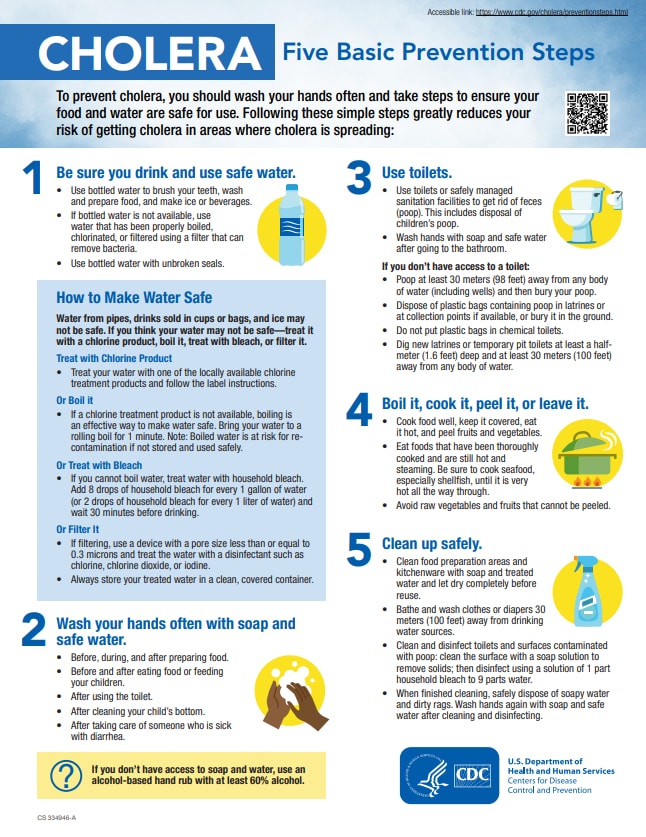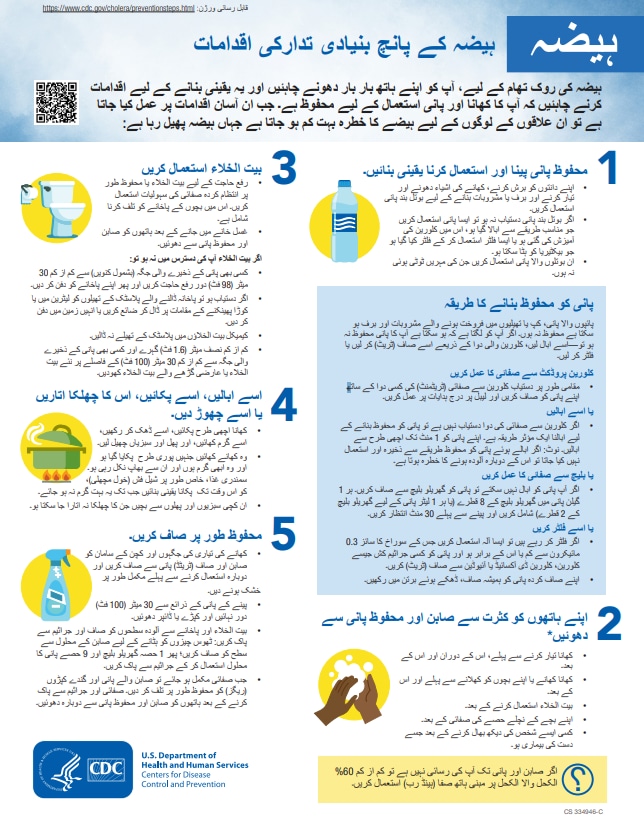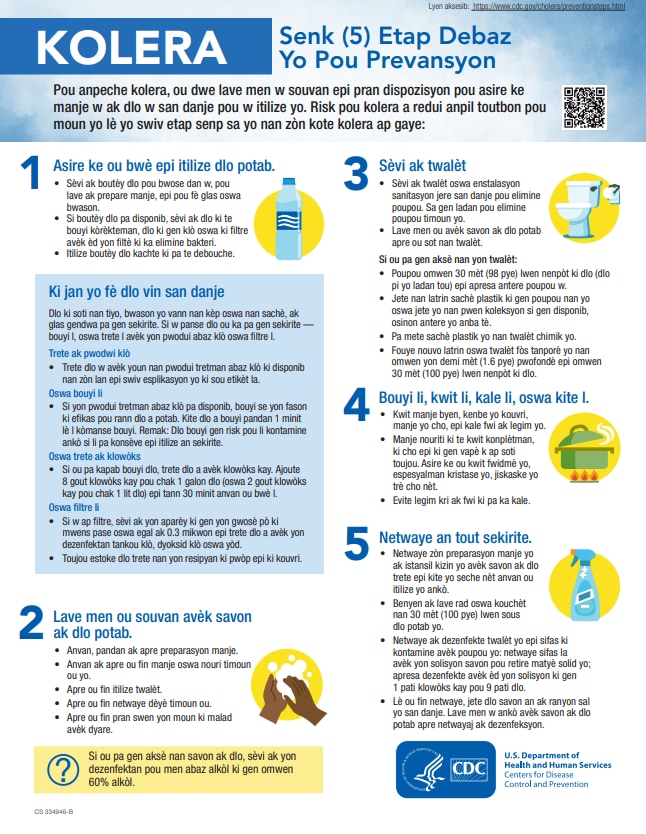Key points
- People can get cholera from drinking water or eating food containing cholera bacteria.
- Cholera can cause life-threatening watery diarrhea and vomiting.
- Take steps to reduce your risk of getting cholera if you're going to an area where the disease is present.
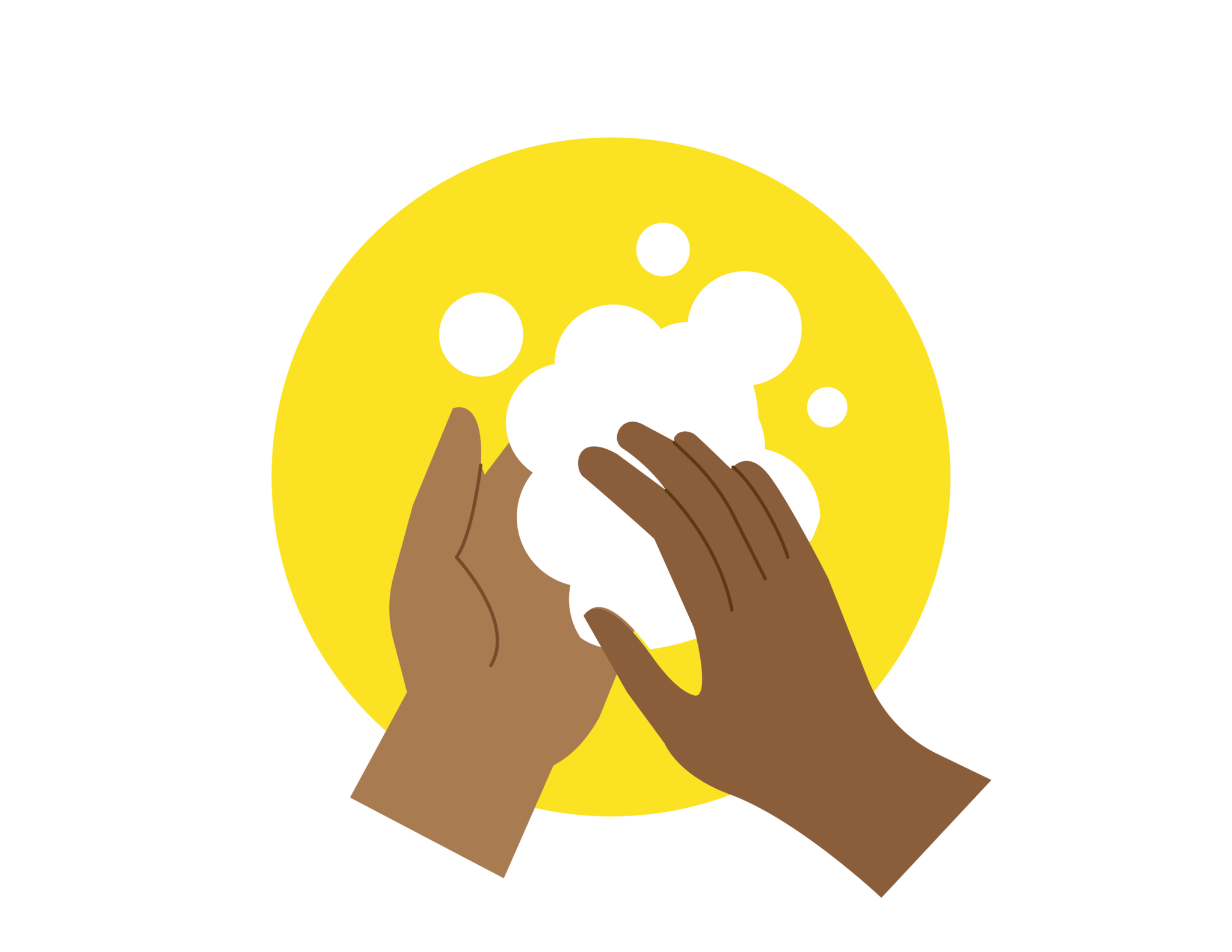
Prevention tips
Keep in mind
In addition to these five prevention measures, visit a doctor or travel clinic to talk about cholera vaccination if you're going to an area where cholera is present, or where the water and food are unsafe to drink and eat.
If you're going to an area with cholera...
1. Drink and use safe water
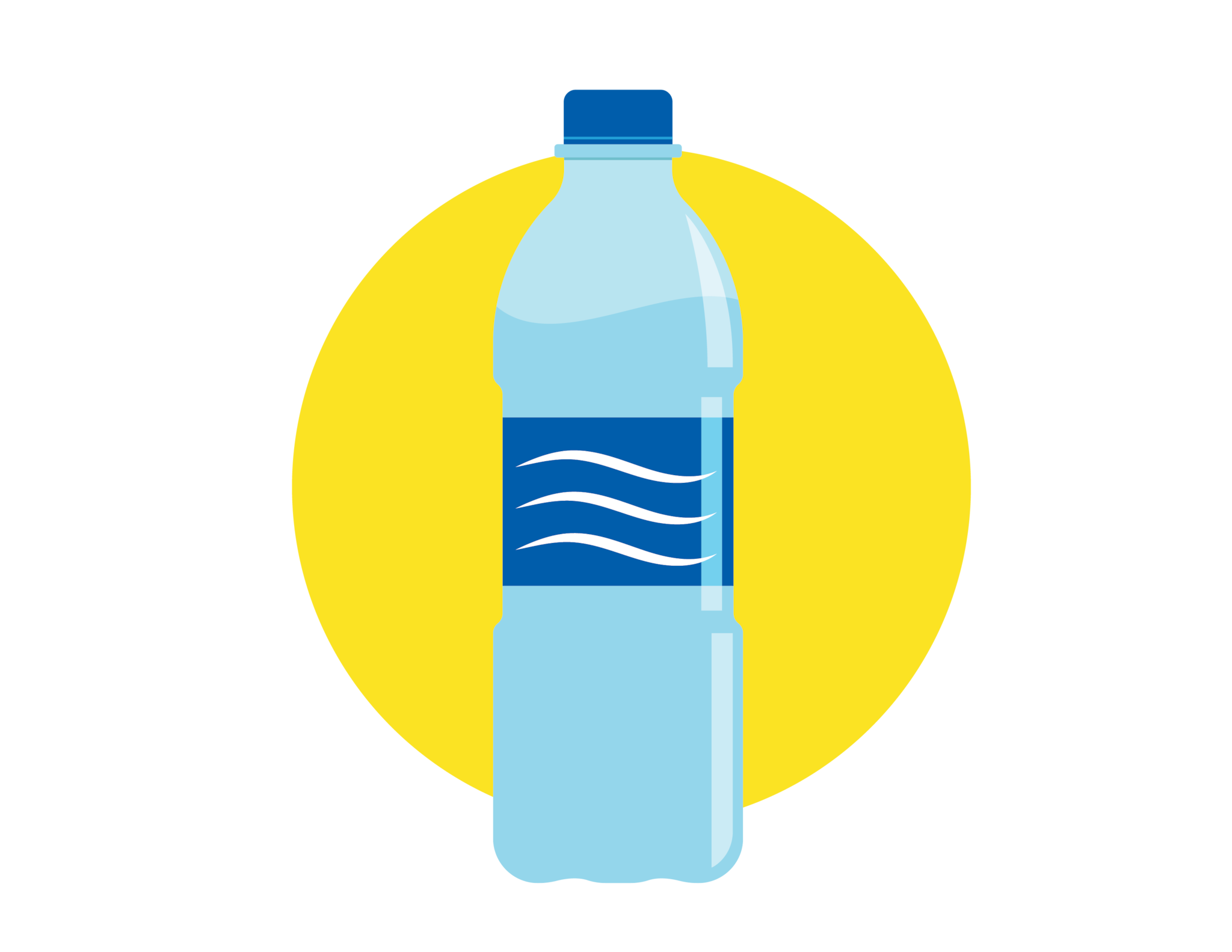
Piped water, drinks sold in cups or bags, and ice may not be safe.
- Use bottled water with unbroken seals to drink, brush your teeth, wash and prepare food, and make ice or beverages. If bottled water is not available, use water that has been properly chlorinated, boiled, or filtered.
- If treating with a chlorine product:
- Treat your water with one of the locally available chlorine treatment products for drinking water and follow the instructions on the label.
- Treat your water with one of the locally available chlorine treatment products for drinking water and follow the instructions on the label.
- If boiling:
- If a chlorine treatment product isn't available, boiling is an effective way to make water safe. Bring water to a rolling boil for 1 minute.
- Note: Boiled water is at risk for recontamination and should be safely stored in a clean, covered container.
- If a chlorine treatment product isn't available, boiling is an effective way to make water safe. Bring water to a rolling boil for 1 minute.
- If filtering:
- Use a filter with a pore size of less than or equal to 0.3 microns and treat the water with a disinfectant such as chlorine, chlorine dioxide, or iodine.
- Note: Filtered water is at risk for recontamination and should be safely stored in a clean, covered container. Additional treatment with a chlorine product is recommended.
- Use a filter with a pore size of less than or equal to 0.3 microns and treat the water with a disinfectant such as chlorine, chlorine dioxide, or iodine.
2. Wash your hands often with soap and safe water...
- Before, during, and after preparing food
- Before and after eating food or feeding your children
- After using the toilet
- After cleaning your child's bottom
- After taking care of someone who is sick with diarrhea
Note: If you don't have access to soap and safe water, use an alcohol-based hand sanitizer with at least 60% alcohol.
3. Use toilets
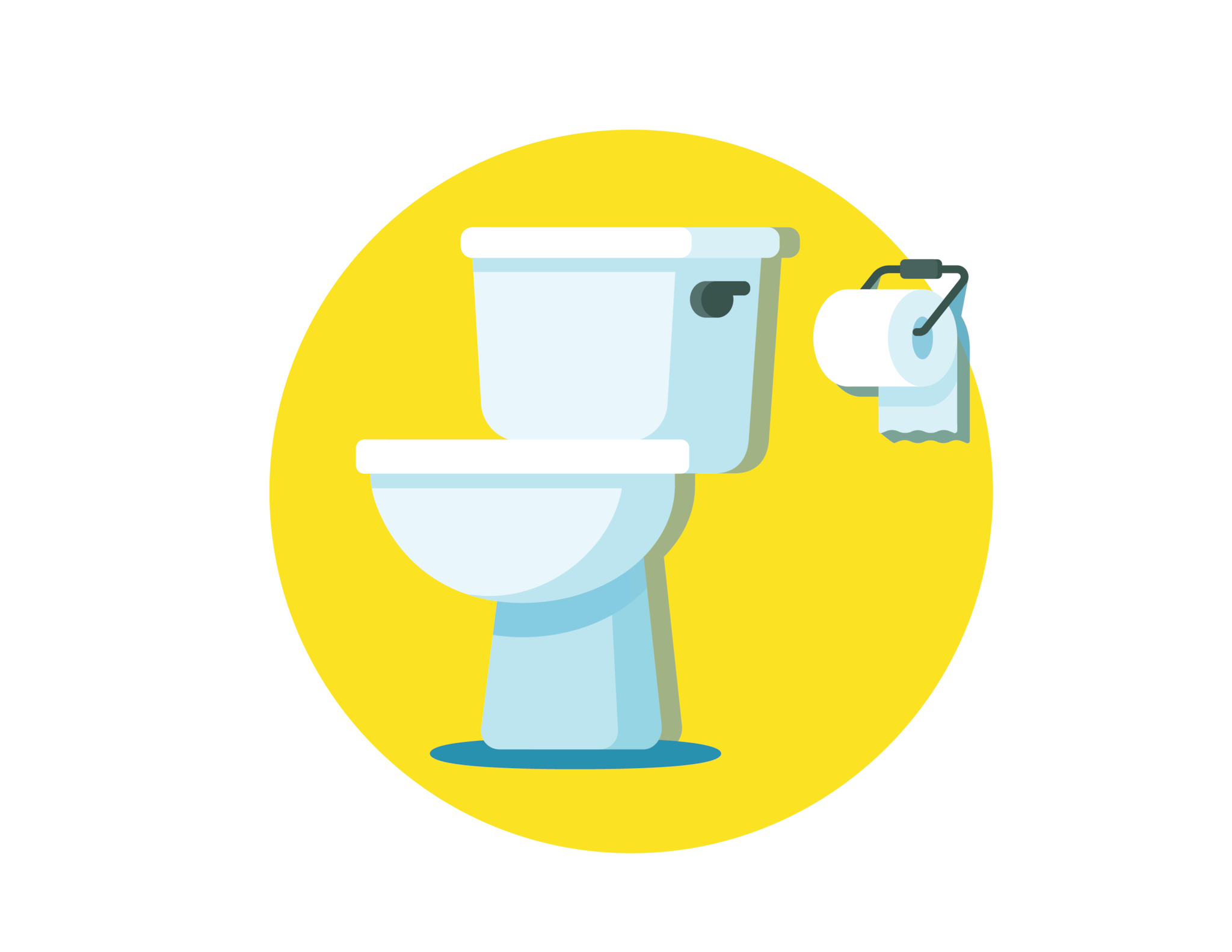
- Use toilets or safely managed sanitation facilities to get rid of poop. This includes disposing of your children's poop.
- Wash your hands with soap and safe water after going to the bathroom.
If you don't have access to a toilet:
- Poop at least 30 meters (100 feet) away from any body of water, including wells, and then bury your poop.
- Dispose of plastic bags containing poop in latrines or at collection points if available. Or bury the bags in the ground.
- Do not put plastic bags in chemical toilets.
- Dig new latrines or temporary pit toilets at least a half-meter (1.6 feet) deep and at least 30 meters (100 feet) away from any body of water.
4. Boil it, peel it, or leave it
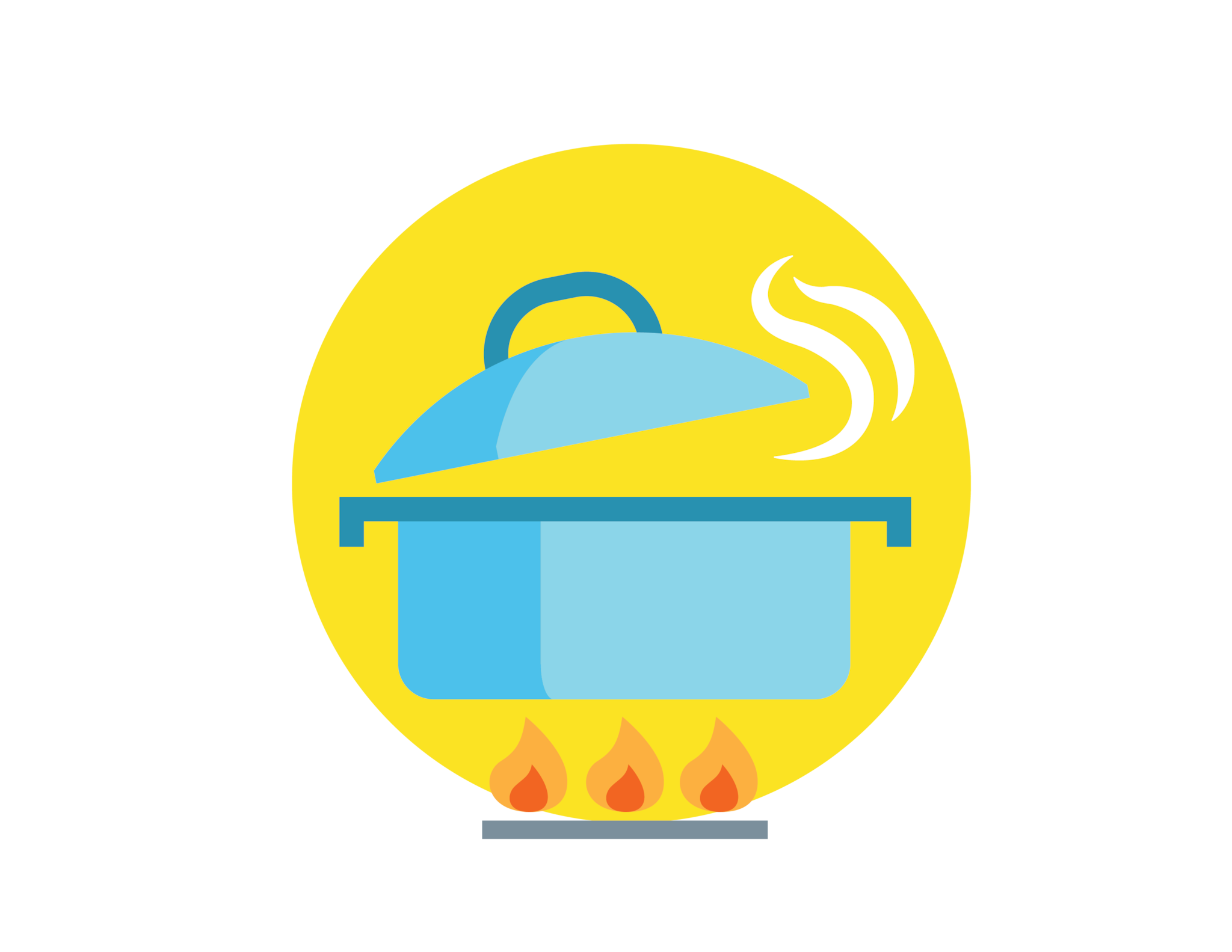
- Eat foods that have been thoroughly cooked and are still hot and steaming, or fruits and vegetables that you have peeled yourself.
- Avoid eating raw vegetables and fruits that can't be peeled.
- Be sure to cook seafood, especially shellfish, until it is very hot all the way through.
5. Clean up safely
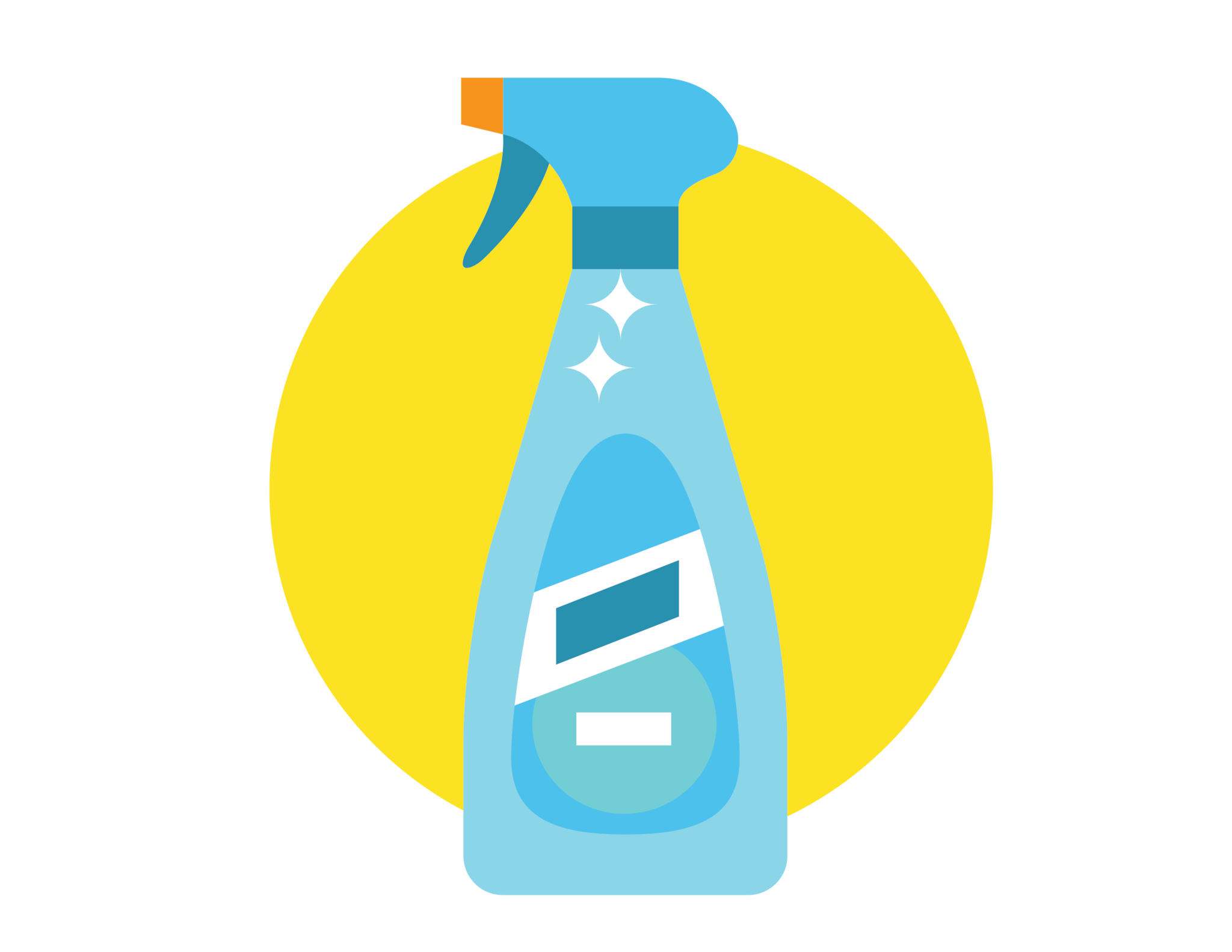
- Clean and disinfect kitchenware and areas where you prepare food with soap and safe water. Allow them to dry completely.
- Bathe and wash clothes or diapers 30 meters (100 feet) from drinking water sources.
- Clean and disinfect toilets and surfaces contaminated with poop. Clean surfaces with a soap solution to remove poop, then disinfect using a solution of 1 part of household bleach to 9 parts of water.
- When finished cleaning, safely dispose of soapy water and disinfection solutions by pouring them into a drain, toilet, or latrine.
- Dirty rags can be cleaned with hot water and soap and allowed to fully dry. Wash your hands again with soap and safe water after cleaning and disinfecting.
Resources
Print-and-Go Fact Sheet
Cholera-5 Basic Prevention Steps (ENG)
To prevent cholera, you should wash your hands often and take steps to ensure your food and water ar...
Cholera-5 Basic Prevention Steps (Urdu)
Cholera-5 Basic Prevention Steps (Urdu)
Cholera-5 Basic Prevention Steps (Creole)
Cholera-5 Basic Prevention Steps (Creole)

